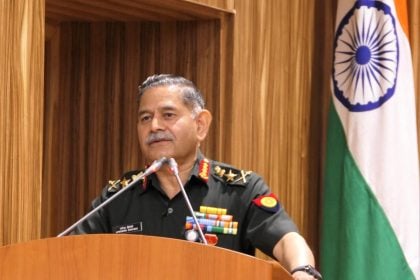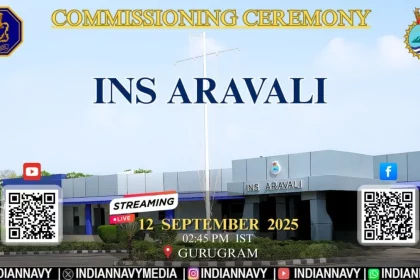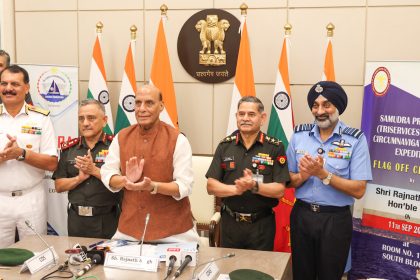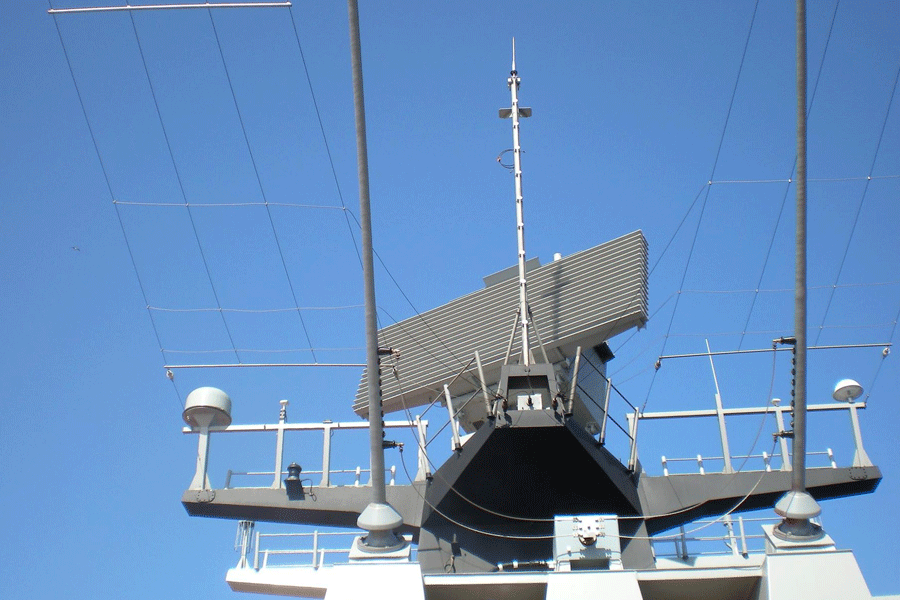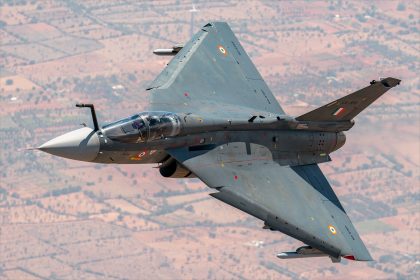Army Chief Stresses Tech-Driven Transformation at National Defence College
Army Chief Calls for Deeper Tech Integration to Secure Strategic Edge.
Indian Navy to Commission INS Aravali at Gurugram to Boost Maritime Domain Awareness
INS Aravali to Strengthen Navy’s Communication and Security Framework.
Rajnath Singh Flags Off Historic All-Women Tri-Service Sailing Expedition Samudra Pradakshina
Ten Women Officers Embark on World’s First Tri-Service Sailing Circumnavigation Aboard IASV Triveni.
Tata Advanced Systems, Indra Deliver Advanced Naval Air Surveillance Radar for Indian Navy
First-Ever Indigenous Integration of Lanza-N Radar Strengthens India’s Naval Surveillance Capabilities.
India Issues NOTAM For Major Air Force Exercise Near Nepal and China Border
High-altitude drills signal India’s readiness near sensitive Nepal-China frontier.
HAL Receives Third GE-F404 Engine for TEJAS Mk-1A, Production Momentum Builds Up
HAL Receives Third GE F404 Engine for TEJAS Mk-1A, Boosting IAF Production Plans.

